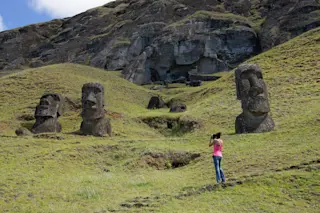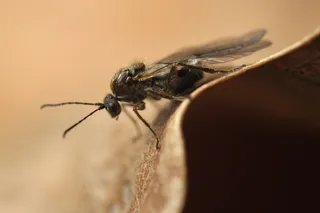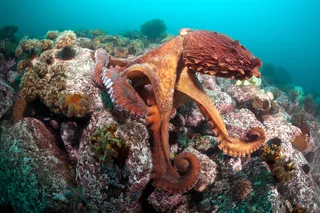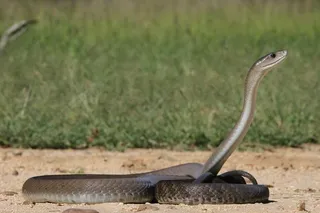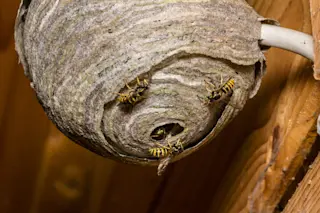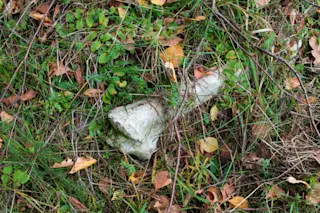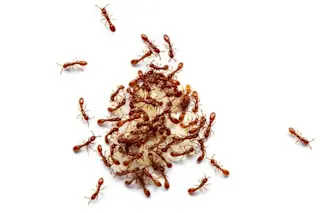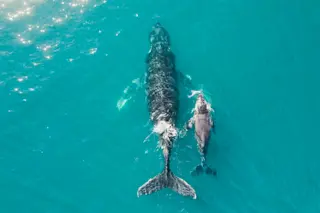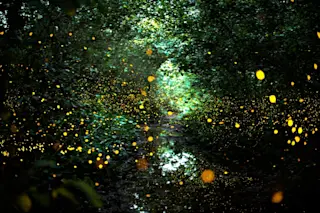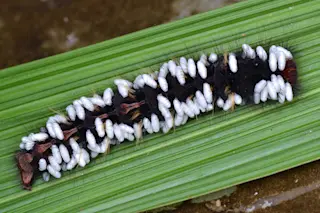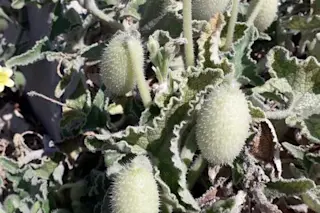On Easter Island, isolated in the vast Pacific Ocean, 10 species of near-microscopic insects are all that remain of the island’s native species — at least for now.
The endemic insects hide in volcanic caves and eke out an existence in an increasingly imperiled habitat. Tourists who flood this tiny island, called Rapa Nui by the native residents, endanger the tiny bugs’ ancestral homes — fragile gardens of moss and ferns. On top of that, hordes of invasive species threaten to crowd them out. Iconic Moai, the monolithic stone statues standing some 40 feet tall, immortalized the island, but its most important inhabitants are almost too small to be seen.
Rapa Nui’s textbook tale of environmental destruction began when humans arrived. Polynesian sailors, carried over the waves in giant canoes, made landfall sometime between A.D. 800 and 1200. Their new civilization turned tropical forests into boats and building materials. For ...


